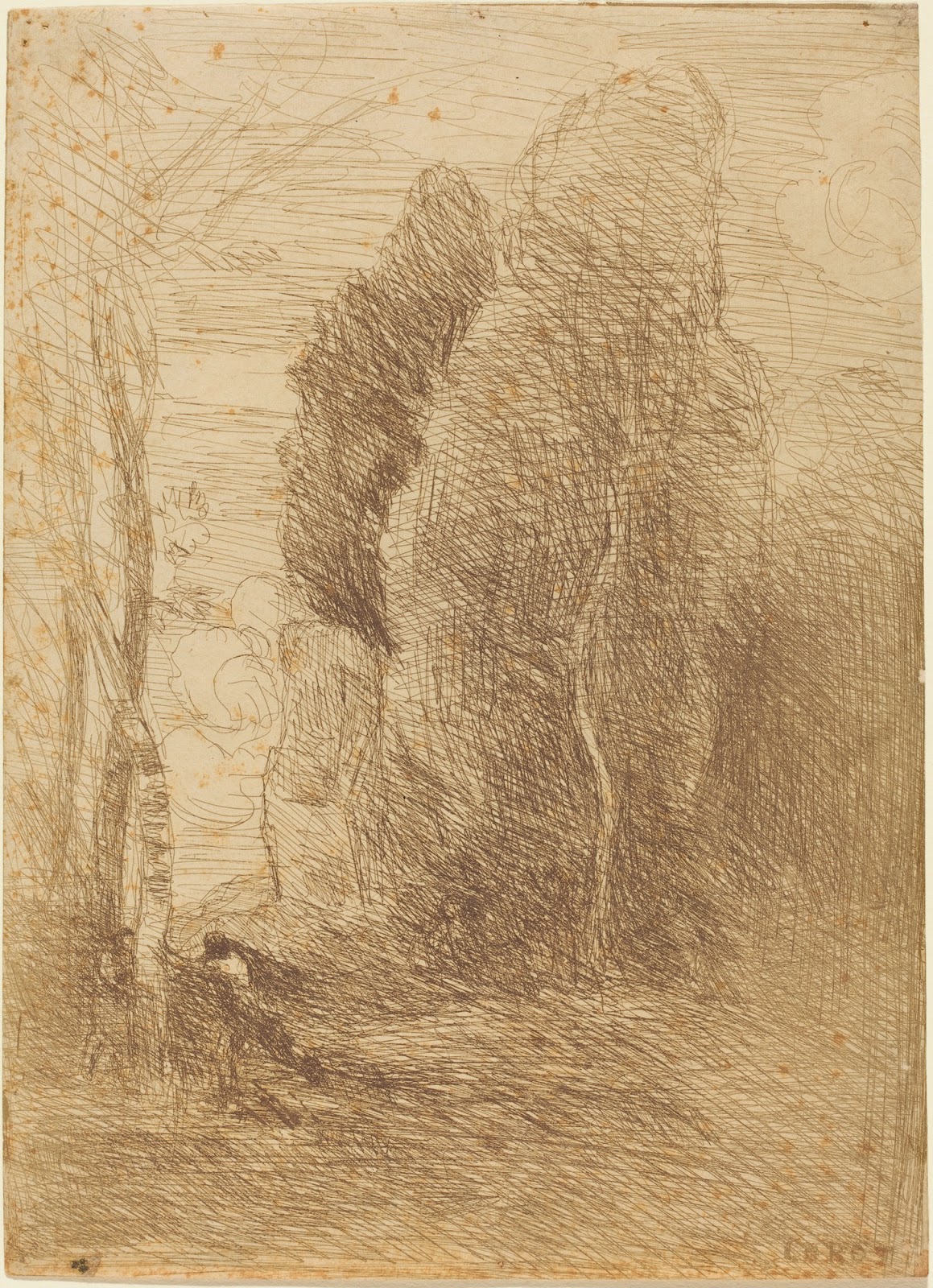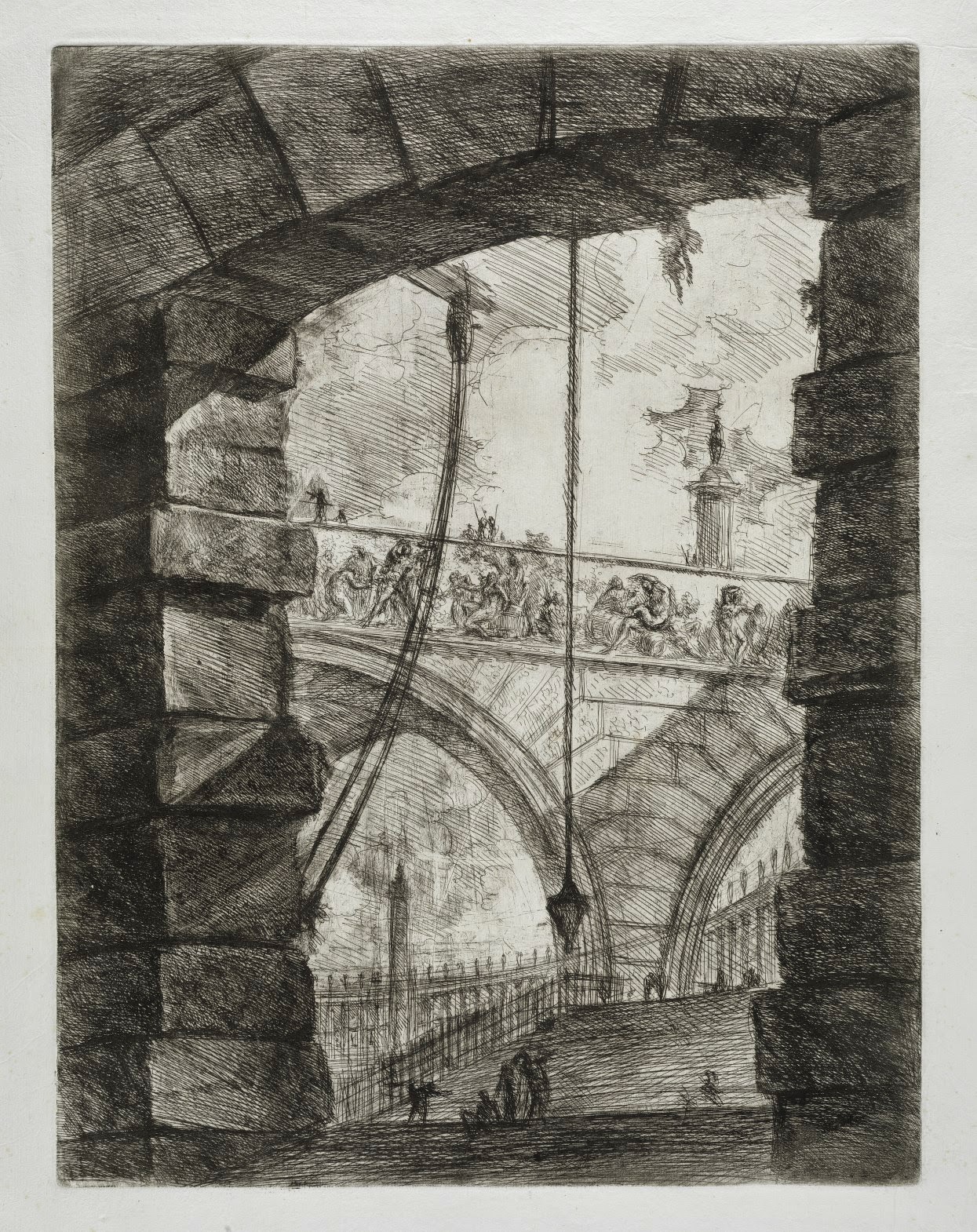Saturday, February 28, 2015
Airport Books
Munich Airport is a new novel by Greg Baxter. There are lots of characters in this book, but the locale itself seems to be the main character –
"Munich Airport is a blue airport, there is blue everywhere. The blue is a serious and efficient blue but also an ebullient blue, full of promise and optimism and reassurance, a blue that says, Everything will be on time, society is safe, planes become faster and faster and also burn cleaner and cleaner, our floors are bacteria-free, the sandwiches are fresh, only beautiful people fly, all destinations are beautiful, everybody is getting wealthier and taller, we are conquering our weaknesses, soon we will all travel in space together. The blue is numinous, full of depth, somehow both spiritual and electromagnetic. And it is contained by a sober gray that you almost do not notice, a gray that says, The blue is where you want to go, but I am how you will get there."
Outline is a new novel by Rachel Cusk. Most of the story takes place in modern Athens, a setting of relentless noise and dirt and heat. There is, however, a long opening section inside an Athens-bound jetliner and this part sounds eerily similar to Greg Baxter -
"On the tarmac at Heathrow the planeful of people waited silently to be taken into the air. The air hostess stood in the aisle and mimed with her props as the recording played. We were strapped into our seats, a field of strangers, in a silence like the silence of a congregation while the liturgy is read. She showed us the life jacket with its little pipe, the emergency exits, the oxygen mask dangling from a length of clear tubing. She led us through the possibility of death and disaster, as the priest leads the congregation through the details of purgatory and hell; and no one jumped up to escape while there was still time. Instead we listened or half-listened, thinking about other things, as though some special hardness had been bestowed on us by this coupling of formality with doom. When the recorded voice came to the part about the oxygen masks, the hush remained unbroken: no one protested, or spoke up to disagree with this commandment that one should take care of others only after taking care of oneself. Yet I wasn't sure it was altogether true."
Friday, February 27, 2015
Icones & Paradigmata
Jan de Bisschop (1628-1671) was famous and important in the 17th century but is largely unknown now. His reputation rested on the usefulness of two books of etchings issued (with texts in Dutch and Latin) toward the end of his short life - Signorum Veterum Icones in 1668 and Paradigmata Graphices variorum Artificum in 1671. Together these works are remembered today (in the tiny world of scholars who remember these things) as the Icones and the Paradigmata. Figures in the prints were based on Classical and contemporary Italian models taken from painting and sculpture and were intended as a digest of poses and treatments for the use of working artists throughout Europe.
Scans of etchings from Rijksmuseum
Labels:
artists,
baroque,
black and white,
books,
Italy,
museums,
Netherlands,
Rome,
tradition
Thursday, February 26, 2015
Inventions
Piranesi's tourist views, seen yesterday, represented one side of the market for his oversized engravings. Also popular (and far more popular among 21st century viewers) were the architectural fantasies.
Wednesday, February 25, 2015
Tourist Work
 |
| Self -portrait as Monument |
Giovanni Battista Piranesi (1720-1778) is mostly remembered today for large engravings of sinister-looking fantasy-architecture, but in his own day was better known for producing the largest and finest available souvenir-prints of Roman tourist sights, such as his three splendid views of the Pantheon below. In the first of these, two heavy square bell towers are partially visible behind the pediment. These towers had been imposed on the structure about a century earlier by Gian Lorenzo Bernini. Their ghastliness was ultimately recognized and they were demolished and removed not long after these pictures were made in the 1750s.
 |
| Pantheon |
 |
| Pantheon Interior |
 |
| Pantheon Porch |
 |
| Piazza Navona (with Bernini's Fountain of the Four Rivers) |
 |
| Sarcophagi |
 |
| Temple of Concord |
 |
| Arch of Septimus Severus |
 |
| Temple of Jupiter |
 |
| Tomb of Augustus |
 |
| Cutaway diagram of Aquaduct |
 |
| Blank Ex-Libris with Artist's Implements |
Labels:
architecture,
artists,
black and white,
Italy,
nostalgia,
portraits,
Rome,
ruins,
tradition
Tuesday, February 24, 2015
Green Worlds
 |
| Beach near Entretat c. 1872 |
Jean-Baptiste Camille Corot painted and drew the world he saw in the middle of the 19th century. He did not see factories or poverty. He saw forests and seashores.
 |
| Eel Gatherers c. 1860-65 |
 |
| Landscape near Volterra 1838 |
 |
| Orpheus leading Eurydice (cliche verre) 1871 |
 |
| Sappho (lithograph) 1871 |
 |
| The Lonely Tower (lithograph) 1871 |
 |
| Rocks in the Forest of Fontainebleau c. 1860-65 |
 |
| Morning c. 1855-60 |
 |
| Twilight c. 1855-60 |
 |
| Reading beneath the Trees (lithograph) 1874 |
 |
| Italian Landscape (etching) c. 1865 |
 |
| Hide and Seek (cliche verre) 1858 |
 |
| Self Portrait (cliche verre) 1858 |
 |
| Ville d'Avray c. 1865 |
Some of the French trees painted by Corot are indeed still living today, though the memory of their brief youthful fame has been lost.
Monday, February 23, 2015
A Painter
On Sunday afternoon Mabel got the painting table all set up in advance of my arrival and that way we had all the more time to devote to the pictures she intended for us to paint together. As we were pulling on her painting shirt, Mabel declared that she only wanted to make abstract paintings today. But that if I wanted to make pictures of things or animals, that would be allowed.
Labels:
children,
children's art,
granddaughter,
paintings,
San Francisco,
toys,
winter
Subscribe to:
Posts (Atom)

































